Love for gold is embedded in the Indian tradition and the bond with it, is timeless, crossing centuries and eras. Indians adore gold more than anyone else from other countries. People purchase gold for a variety of reasons such as for its auspicious sentiment and as an investment, etc. Gold also carries a high-perceived value and a high emotional quotient. It strengthens closeness of relationships.
Gold is soft, opaque, shiny and flexible in its pure form. Various metals are mixed to enhance gold’s color and gleam further. The various metals mixed with gold define its purity, karat weight, and its diverse tones which can vary from black, rose and purple to grey, yellow and white. Despite the high priced metals like platinum exists, gold has been still considered as the most admired metal among all other precious metals. Gold represents an emblem of royalty, significance, wealth and purity.
This JewelNidhi gold jewellery handbook provides information about various aspects of gold.
What is a Karat?
Karat defines the measurement of the fineness of a piece of gold. The fineness of a precious metal object (coin, bar, jewellery, etc.) represents the weight of fine metal therein, in proportion to the total weight, which includes alloying base metals and any impurities.
Diamonds and other gemstones are measured in carats per 200mg, in the sense for every 200mg of diamond, the higher the carat.
Pure gold that has not been mixed with any other metals is therefore the highest possible karat, 24 karat (24k) gold. Pure gold is rarely used for jewelry pieces due to its softness and malleability, and tendency to scratch and mark. Hence, it is usually alloyed with base metals for use in jewellery, altering its malleability, color and other properties.
Gold is most often mixed with silver, zinc, copper, or palladium, creating a different number of karats and different colors of gold, such as rose gold or white gold. Traditional karats used in gold jewelry are 22k, 18k, 14k or 10k.
What are the different gold colors?
Gold is often alloyed with silver, copper, zinc, palladium, and nickel to create different gold color shades. The most common gold colors are: yellow, white and rose.
Yellow Gold
By mixing pure gold with silver, copper, and zinc, yellow gold is made. It is the authentic color of the gold and loved by most of the people as it is hypoallergenic and requires least maintenance of all other gold colors. 18kt, 22kt and 24kt are the most common purity grades, and 22kt is the most common purity to buy.
White Gold
By mixing pure gold with at least one white metal like palladium, nickel and zinc, white gold is made. White gold is long lasting and scratch-resistant than yellow gold. Indeed, it is the trendiest color these days.
Rose Gold
By mixing pure gold with copper and silver, rose gold or pink gold is made. Comparatively, it is more affordable than other gold colors. Rose gold is more durable than other colors due to it copper composition.
What is BIS Hallmarking and its importance on the jewellery?
In the year 2000, the Government of India has introduced BIS hallmark system to ensure the purity of gold. This system certifies the gold jewellery or item to follow a set of standards laid by the Bureau of Indian Standards. According to BIS, hallmarked gold items are engraved or stamped with four components to ensure the purity of gold. These marks are:
- BIS standard logo
- Purity Mark in karat and fineness
- The assaying and hallmarking center's logo/number
- The jeweler identification mark/logo
Before buying the gold jewellery, make sure to check for all the four symbols of BIS hallmark on the jewellery/item purchased. The importance of BIS doesn’t just lie in ensuring the purity, but at the same time while selling or recycling, BIS hallmarked item is very easy and convenient. You can just ask for the right price according to the prevailing gold rate before making a purchase. Whether you buy a gold coin or jewellery, always make sure they are BIS hallmarked.
What are the attributes to be checked before buying gold jewellery?
Gold is not only just an expensive metal but also considered as an auspicious metal for Indians. So, be it any piece of gold jewellery, it is always wise and advised to check few attributes before making the final purchase. Various attributes to be checked before buying are current gold rate per gram, BIS hallmark, weight of the item (including metal weight and stone/beads/pearls weight, if any), purity of the metal, wastage and making charges, offers/ discounts if any and buy-back value.
What are making and wastage charges?
Making charge is the cost incurred in the process of changing raw gold into fine jewellery. Design changes contribute to the variations in the making charges. If the design is more artistic and intricate, then the craftsmen need to place more efforts and time, which leads to higher making charges. Every jeweler follows their own computing method to calculate the percentage of making charges, while some others make it a fixed rate per gram. Usually making charges vary from 3% to 25% depending on the design of jewellery.
During the process of crafting gold into fine jewellery, possible amount of gold is wasted as multiple processes like melting, cutting and shaping are involved as only the accurate pieces are joined together to form well-crafted jewellery. Comparatively, stone fitted jewellery incurs more wastage charges than plain gold jewellery. Usually wastage charges vary from 5 to 7%.
How to identify fake gold?
Fake gold can be identified in multiple ways. One of the easiest ways is to check for the BIS hallmark stamp on the items, which certifies the standards and purity of the Gold as approved by Government of India. Generally, the stamp is seen on the hook of chains, necklaces, bracelets and interior side of the rings. If any of the gold items do not carry the BIS hallmark stamp then those could be considered as not real gold.
Another simplest test, which can be performed at home to identify fake gold, is to drop the gold items in a bowl of water. As gold is a heavier metal by its properties, if the item sinks in the water, then it is considered to be real gold and if it floats on water then it is considered to be fake.
What are the various methods for Jewellery care?
Gold jewellery is not just considered as a physical asset but treated as a memory to cherish that can be passed to future generations. So, ensuring our jewellery to retain its natural shine is very important. Each type of jewellery like plain gold and stone/pearl fitted jewellery needs special kind of care. This can be easily achieved by following some simple tips as stated below.
Ways to clean your jewellery:
Plain gold jewellery:
Cleaning plain gold jewellery is comparatively easier than stone fitted jewellery. Take a bowl of lukewarm water and add few drops of liquid dish soap. Soak your gold ornaments in the solution and leave them for about 15 to 20 minutes. Later, take a soft toothbrush and gently scrub the ornaments with proper care. After scrubbing them, rinse in fresh warm water to detach all the clogs and dirt. Take out from the water and air-dry them on a towel. Clean your precious jewellery on regular basis with this simple way to retain its natural shine.
Stone fitted gold jewellery:
Never soak the stone fitted jewellery in water, as it may loosen the stones fitting and can cause the stones to fall out. In order to clean these kind of jewellery, take a wet cloth dipped in soapy water and gently wipe the stone ornaments with proper care. Later, allow them to air-dry in order to remove any extra moisture between the stones. Cleaning them often to avoid building dirt and to preserve your stones sparkling.
Storing the jewellery in right way:
- Always store the jewellery in a soft fabric or velvet lined cases to avoid catching moisture.
- Stone jewellery should be kept in separate boxes instead of storing with other jewellery to avoid dents or loss of stones.
- Pearl jewellery needs to be stored in separate soft silky pouches to prevent unnecessary scratches to delicate pearls.
- Wipe-off the sweat before storing the fine jewellery subsequently after the usage.
- Never store the gold jewellery with artificial jewellery as gold can easily catch dents and scratches due to its soft nature.
General instructions for Jewellery care:
- Check them often once in 6 months to see if they require any appropriate cleaning.
- Wear your jewellery only after applying your makeup or routine cosmetics, as chemicals can undoubtedly damage the gold.
- Make sure to take off the jewellery before going to hot bath or pool.
- Finally, proper way of cleaning and storing the jewellery from time to time is equally important to retain its shine forever.




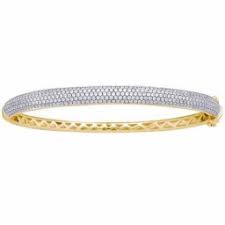
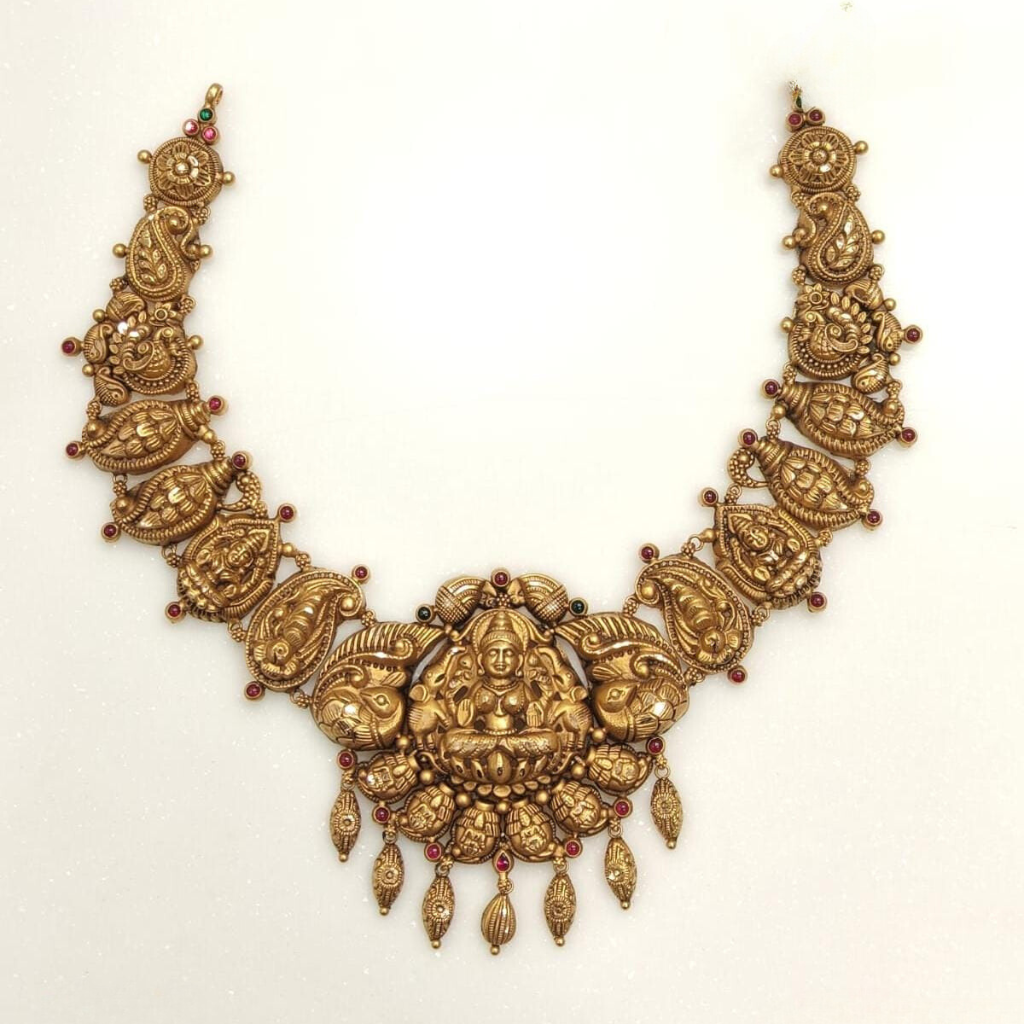
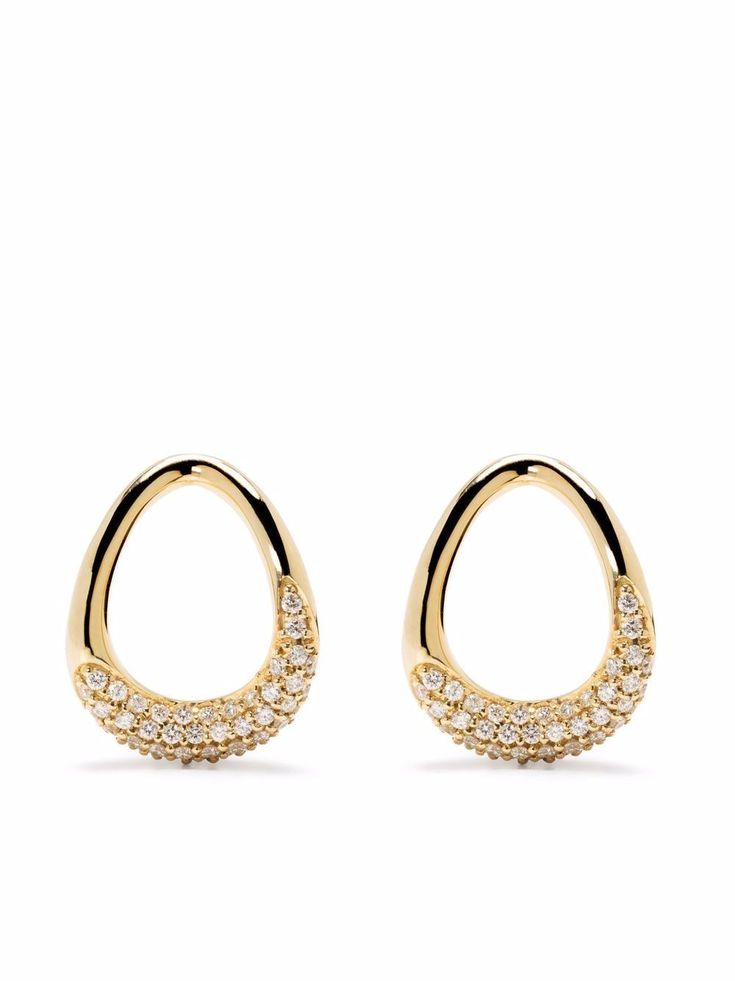
 Black Beads Chain with Japanese Pearls & Beads In Length 16_0 Inches.jpeg )

.jpeg )
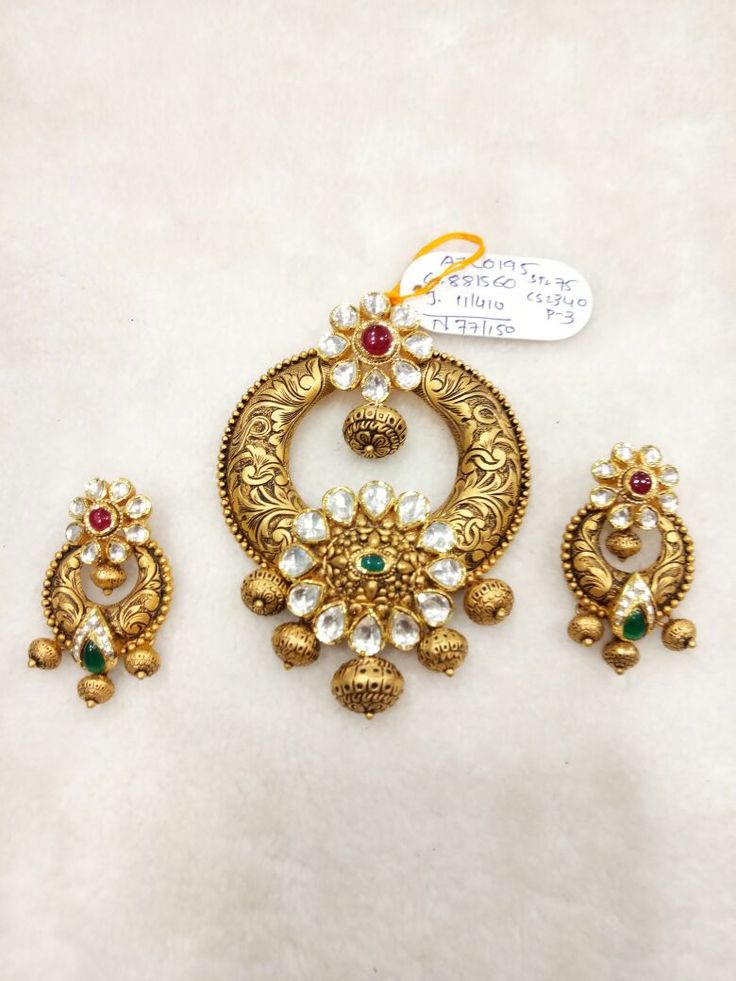

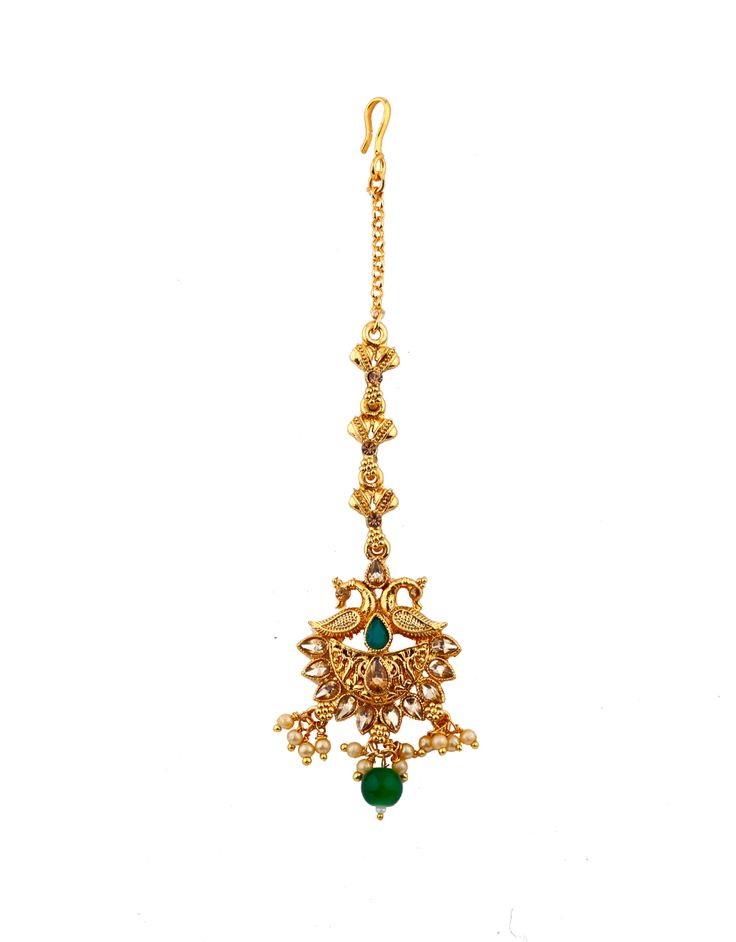
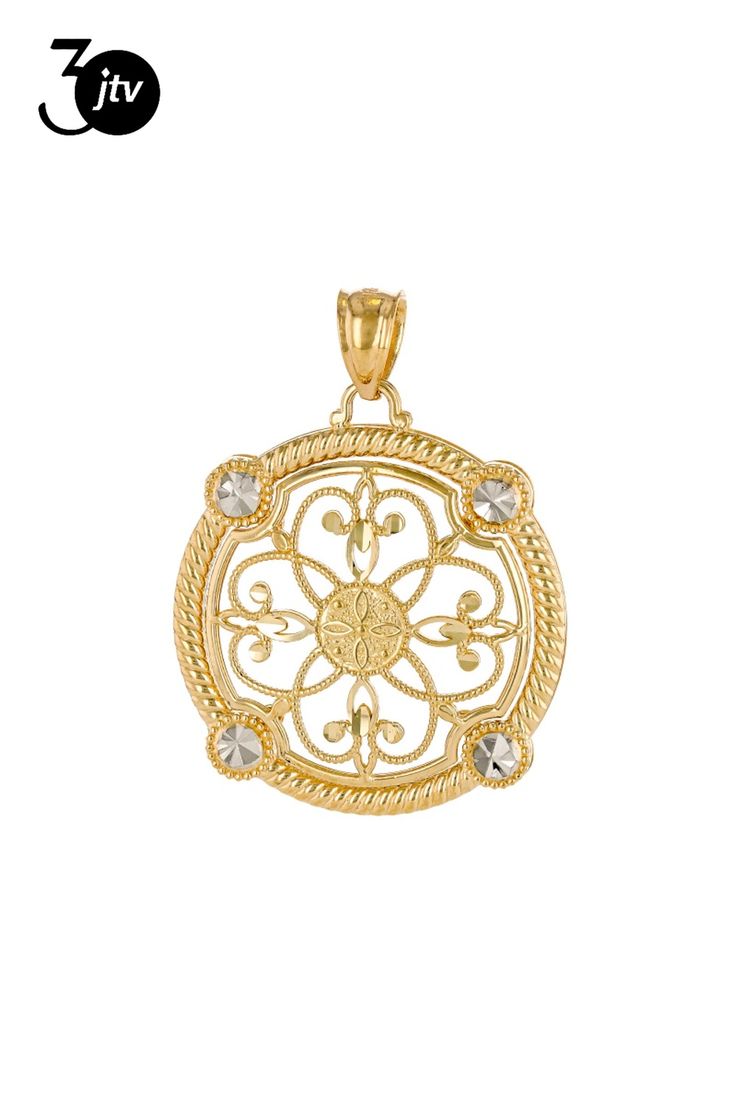
.jpeg )
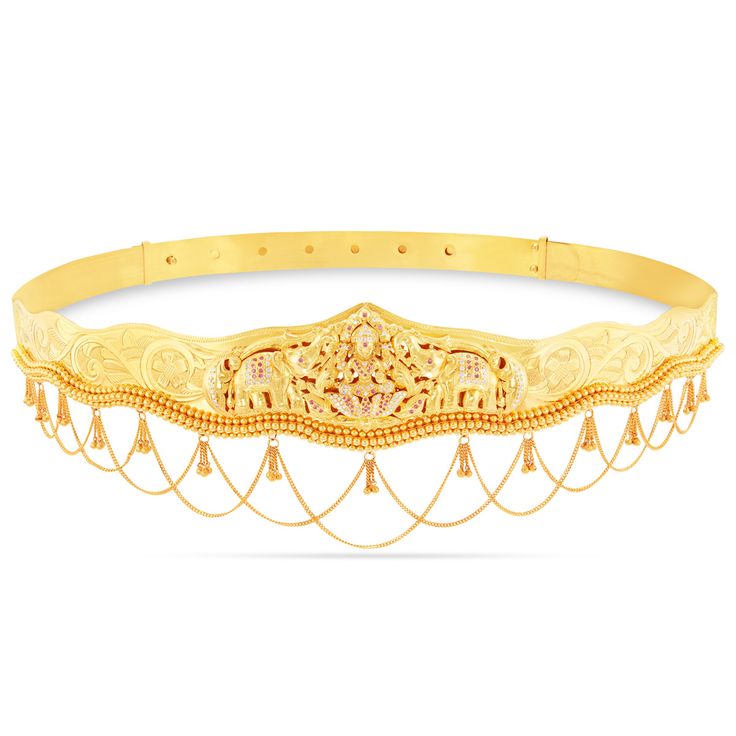
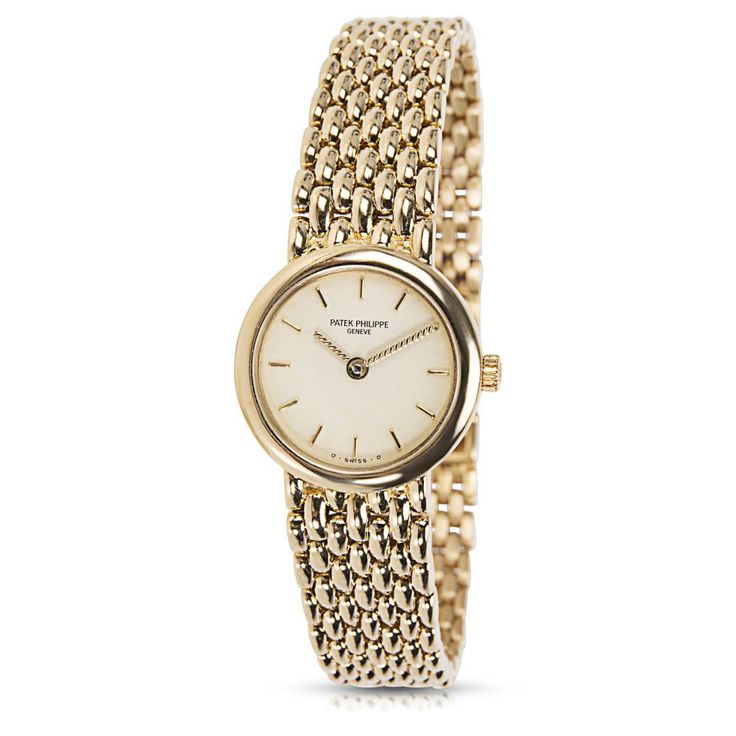
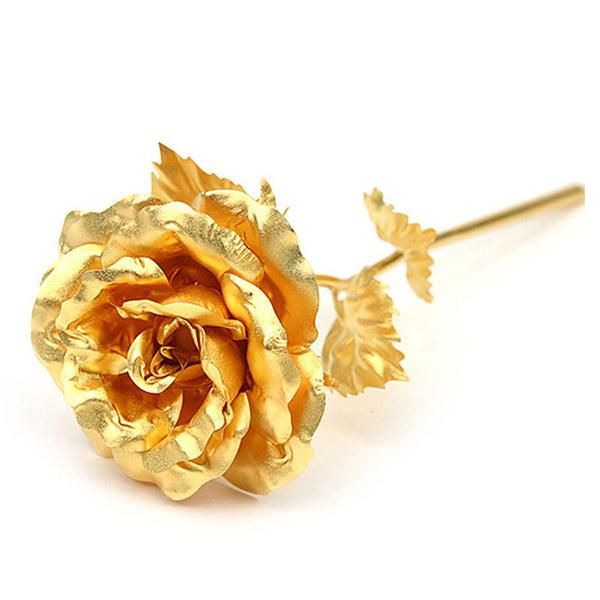
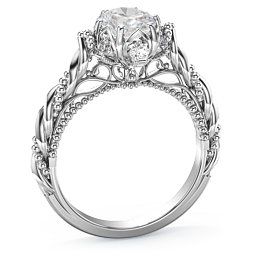
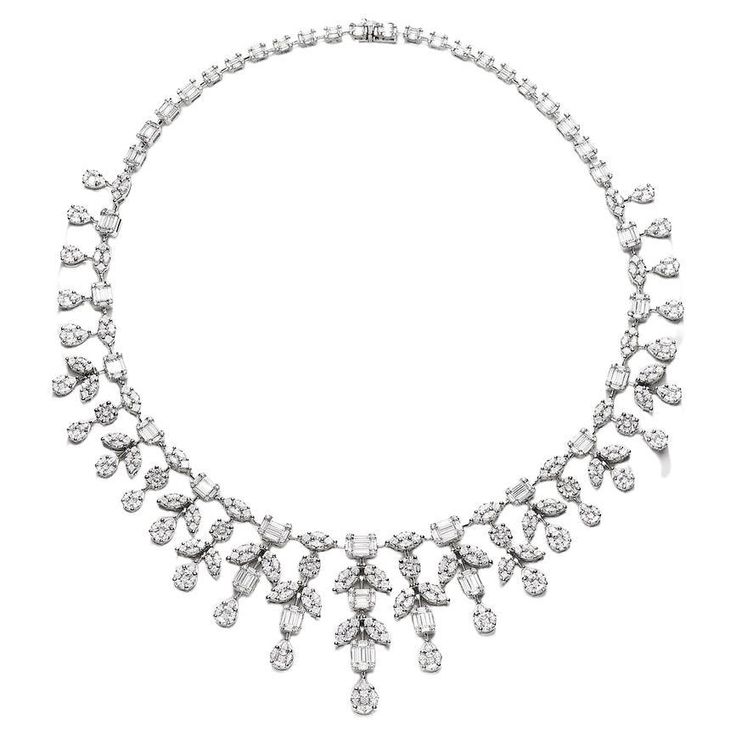
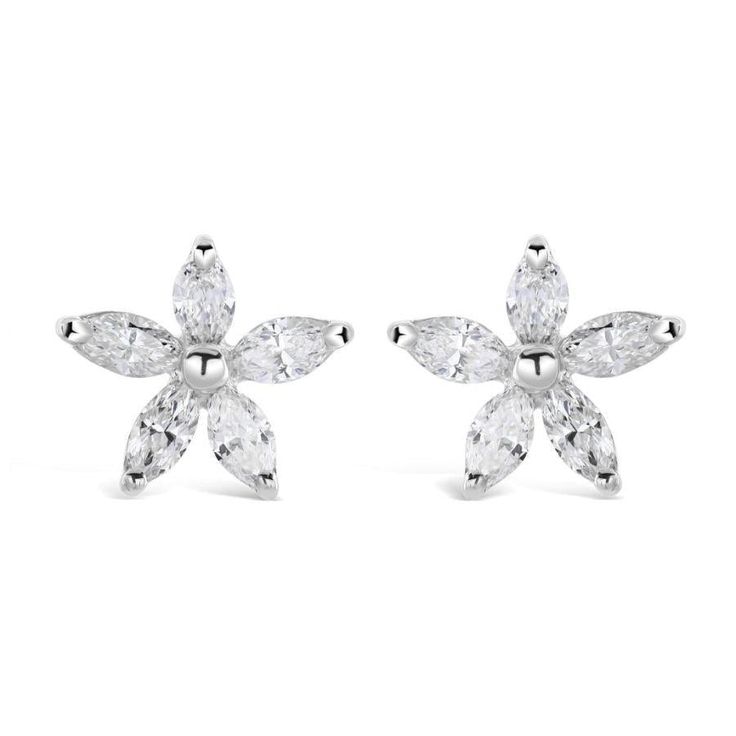

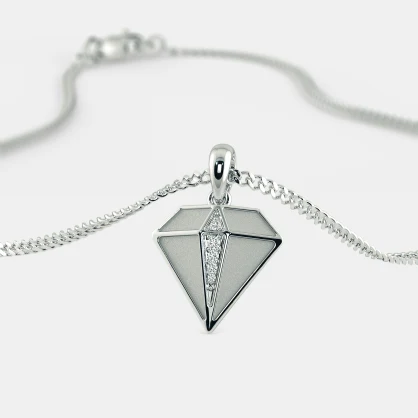
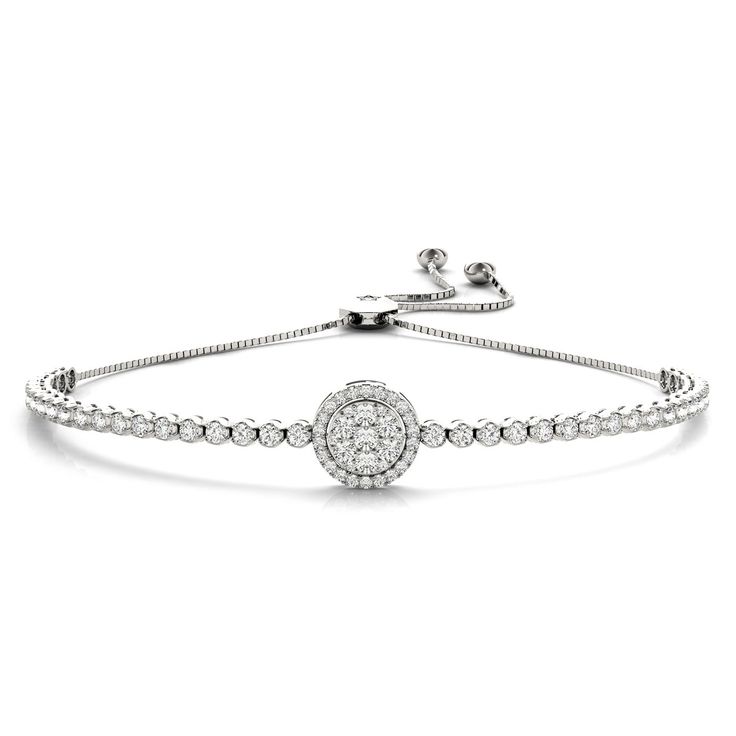
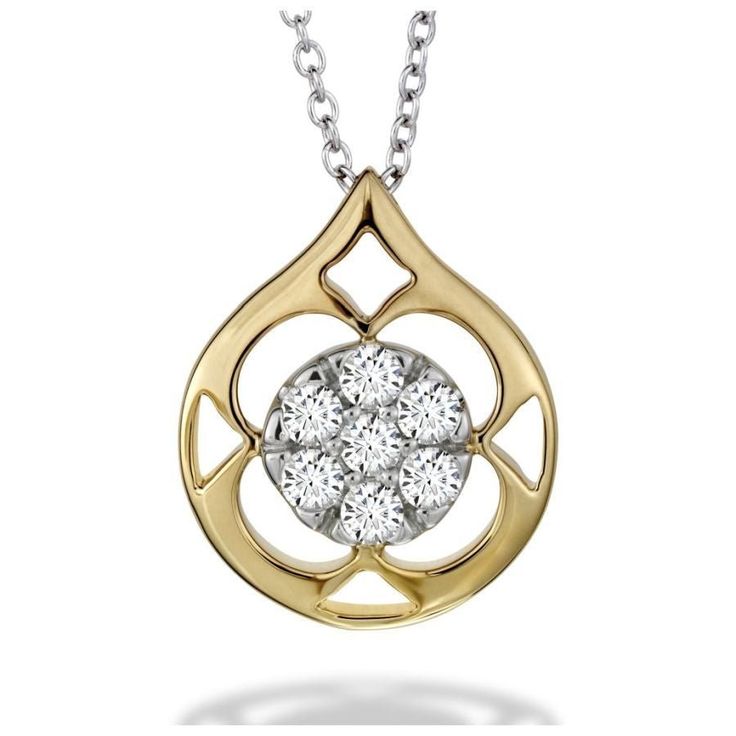
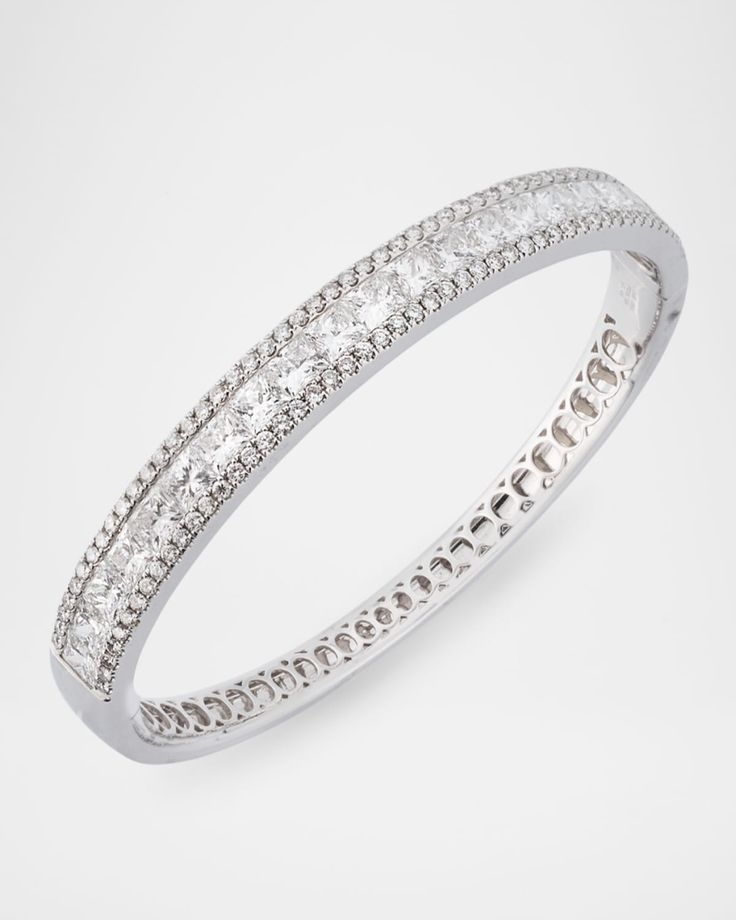
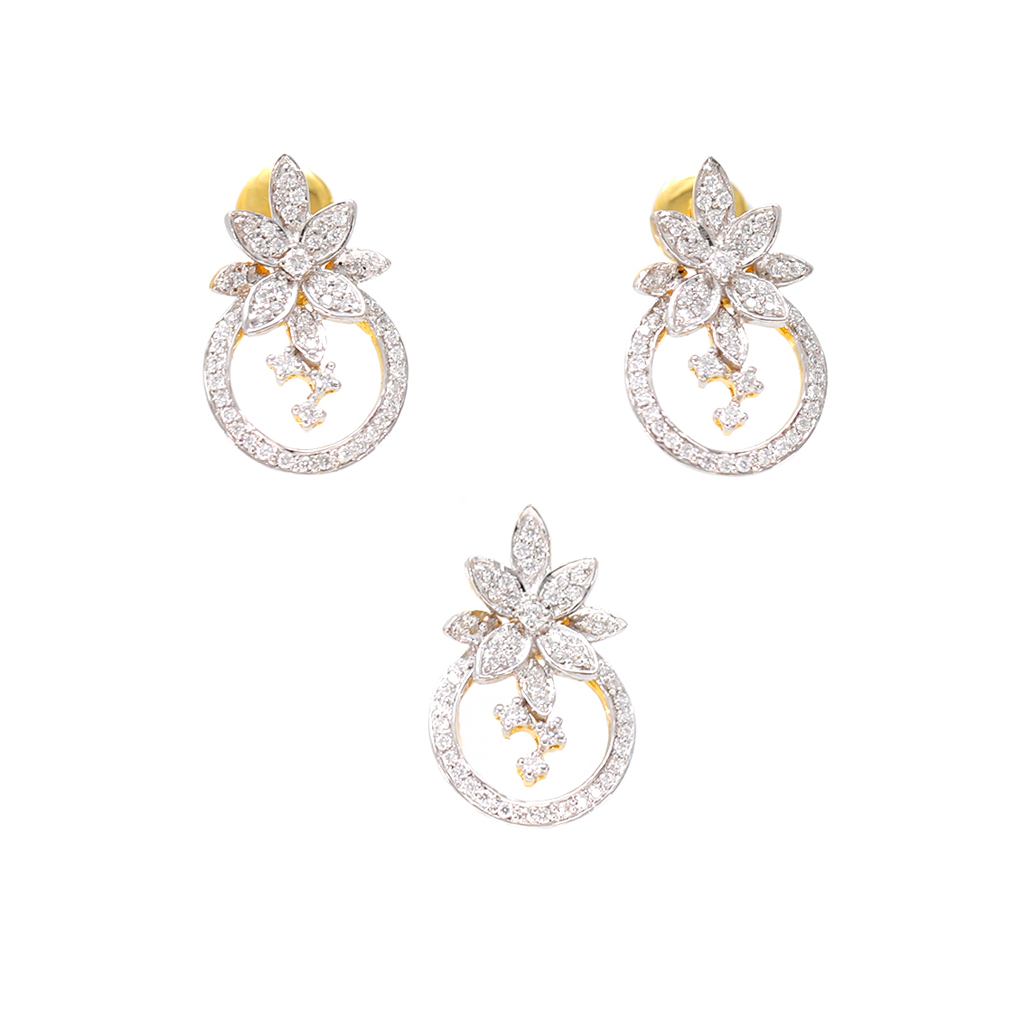
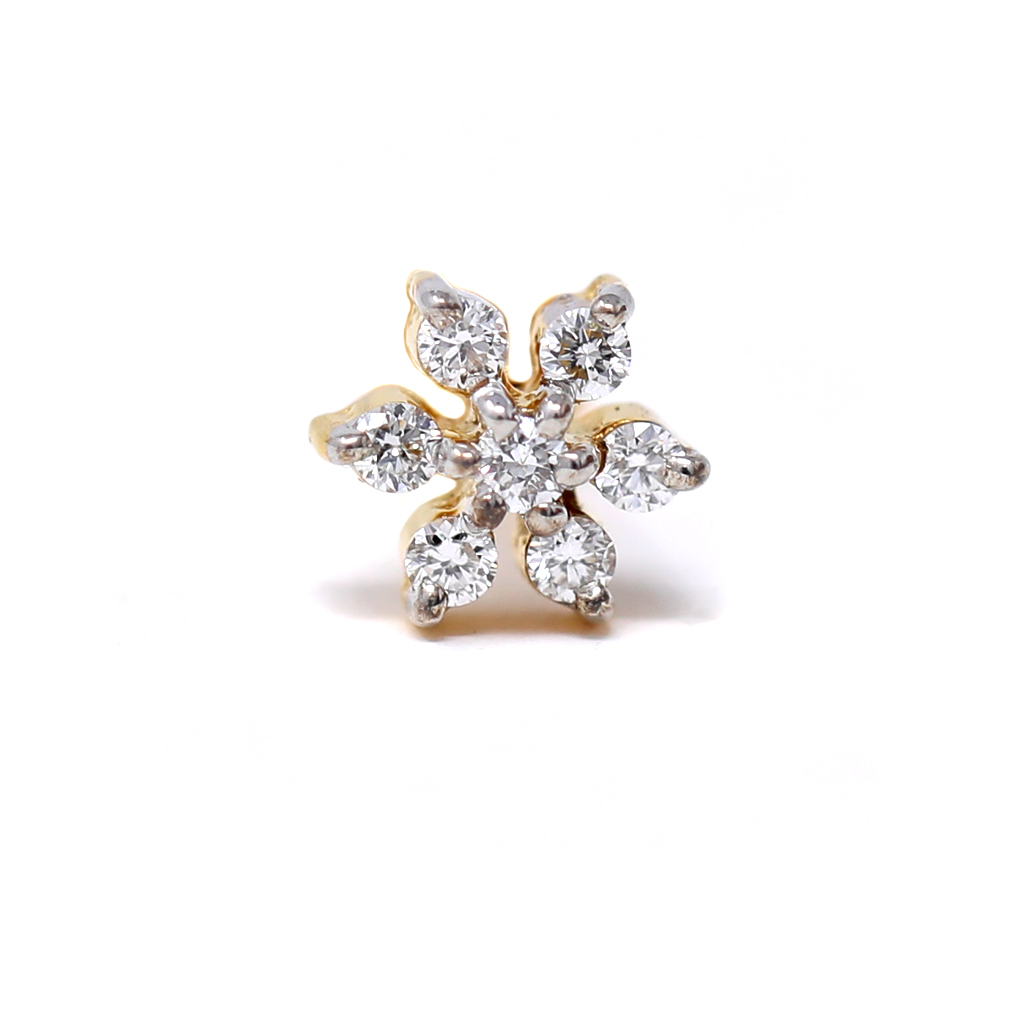
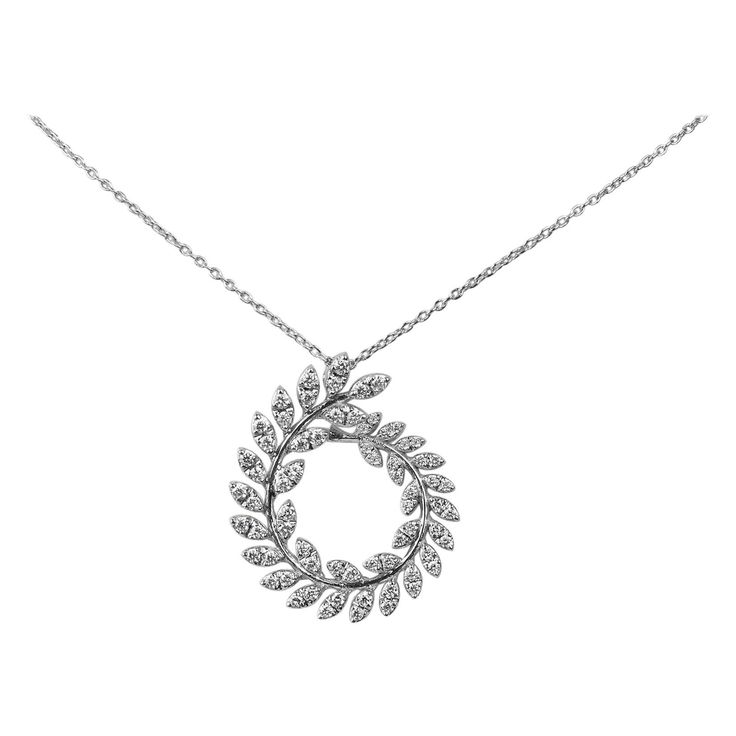
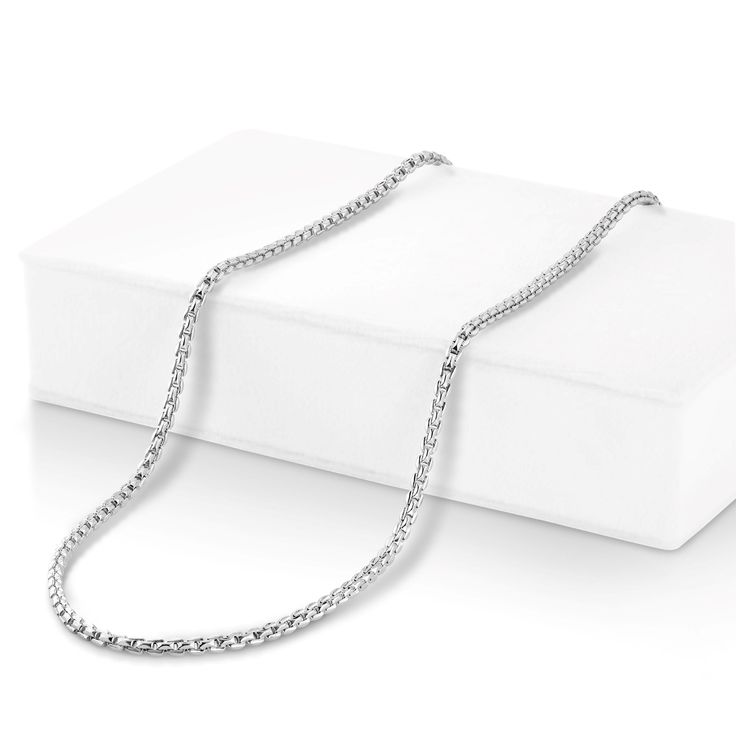
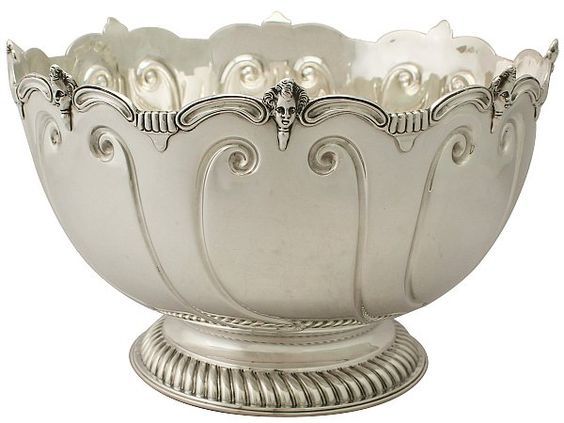
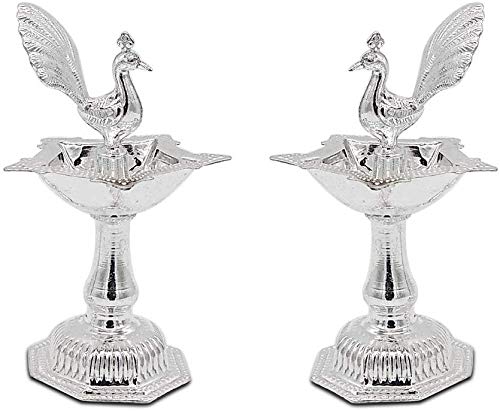
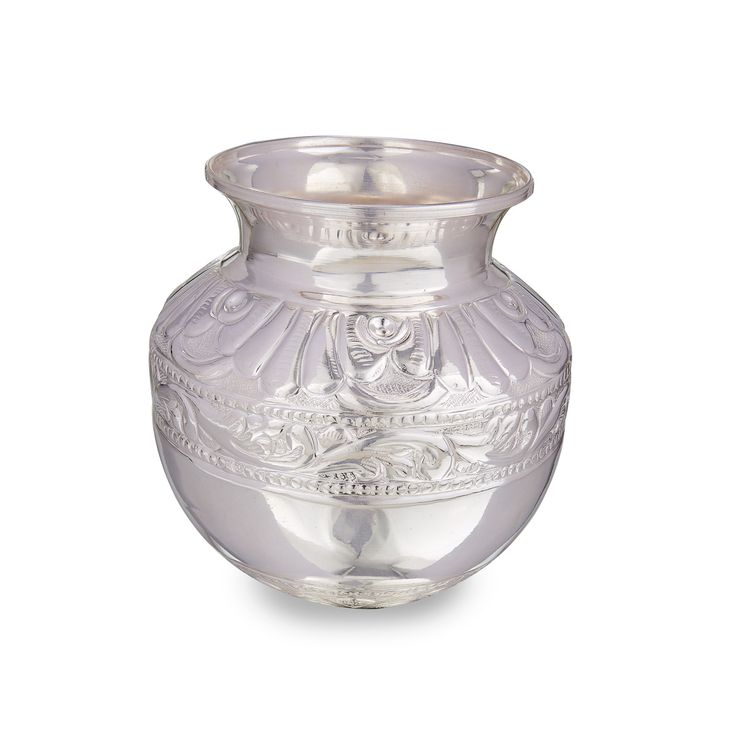
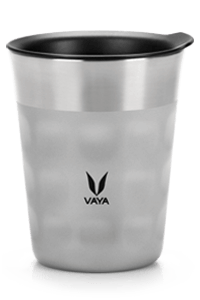
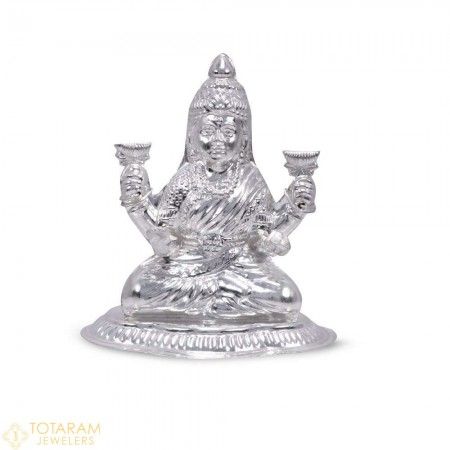
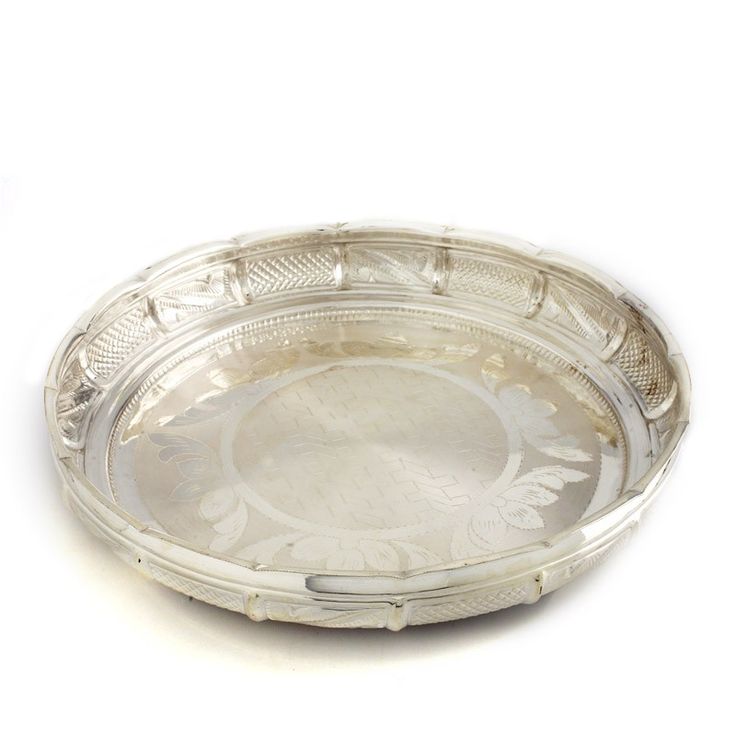
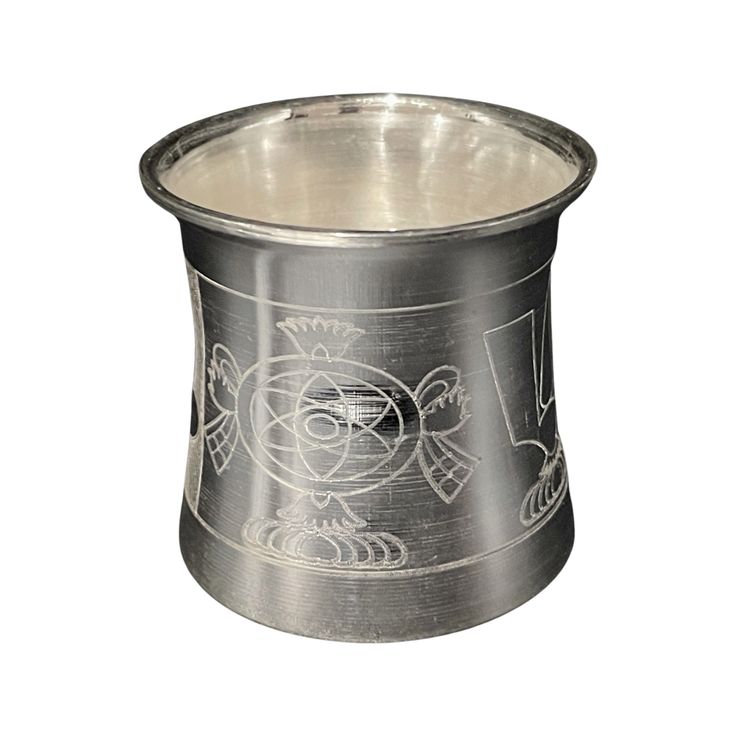

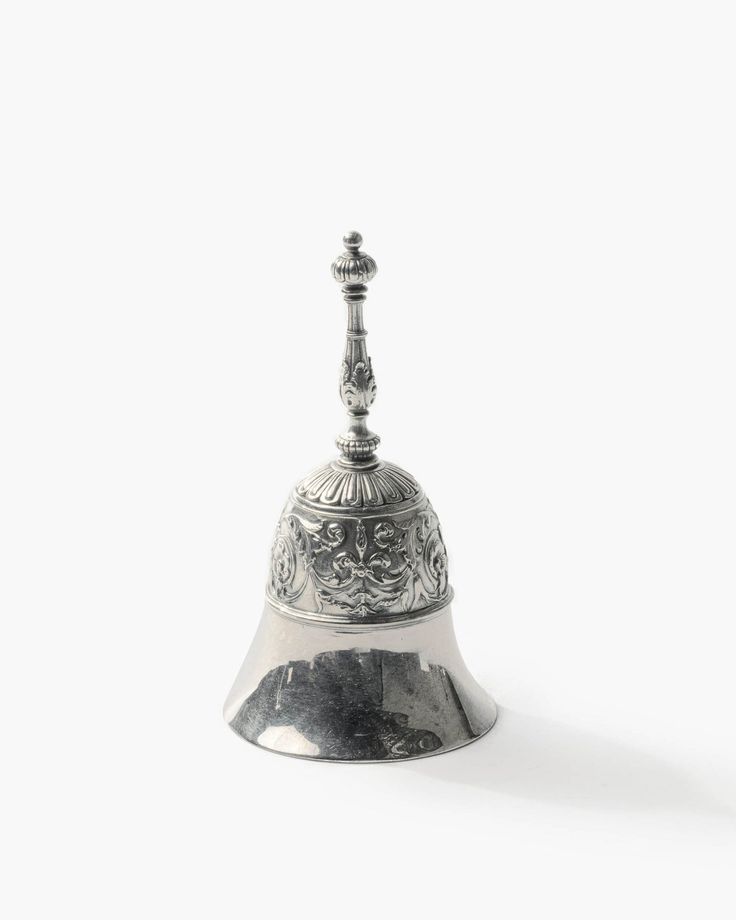
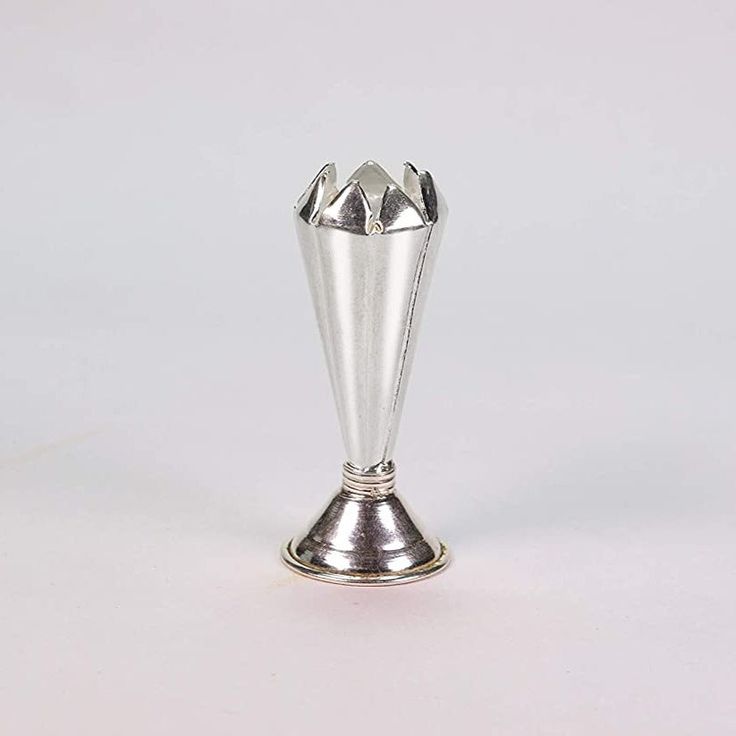
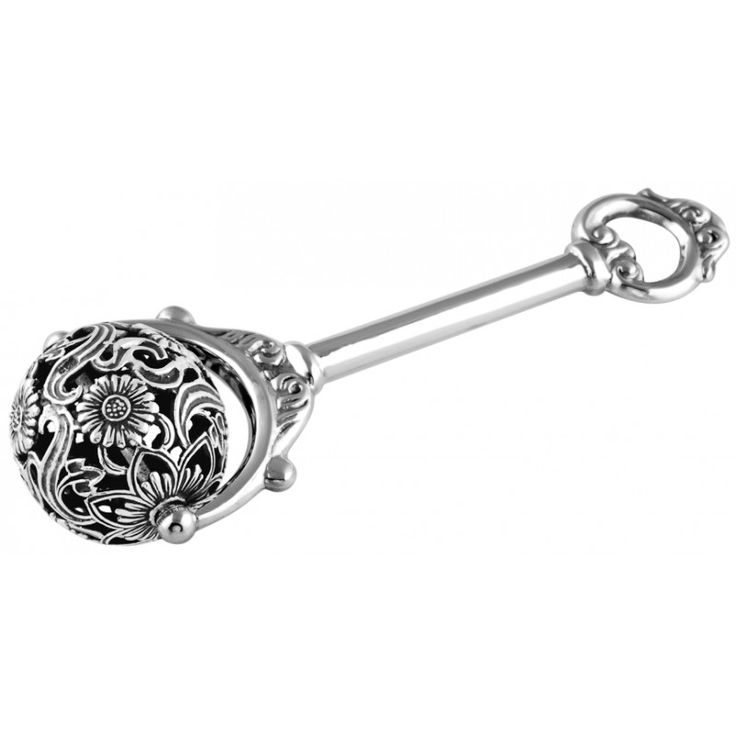
.jpeg )
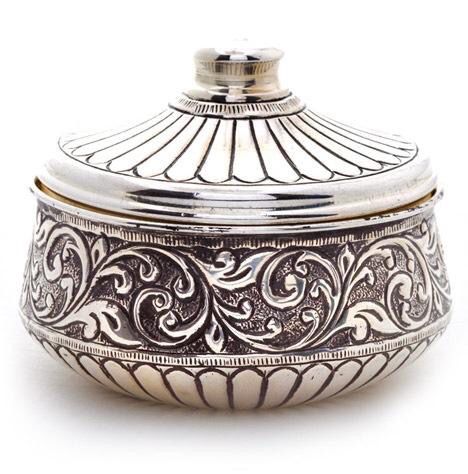
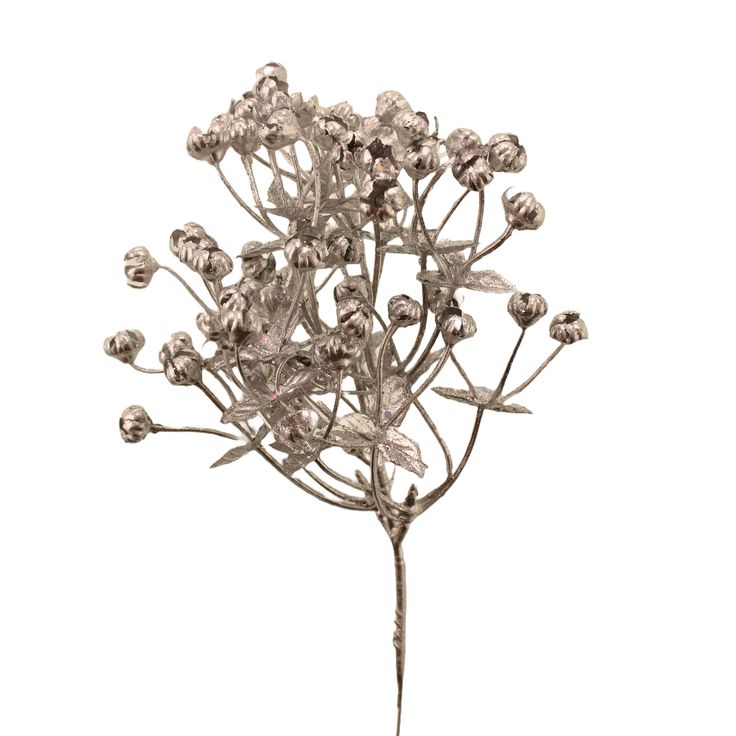
.jpeg )

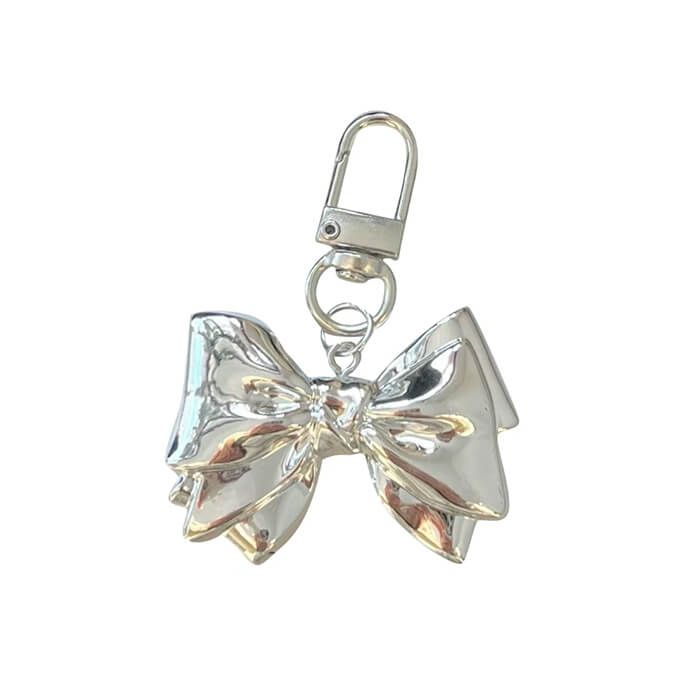
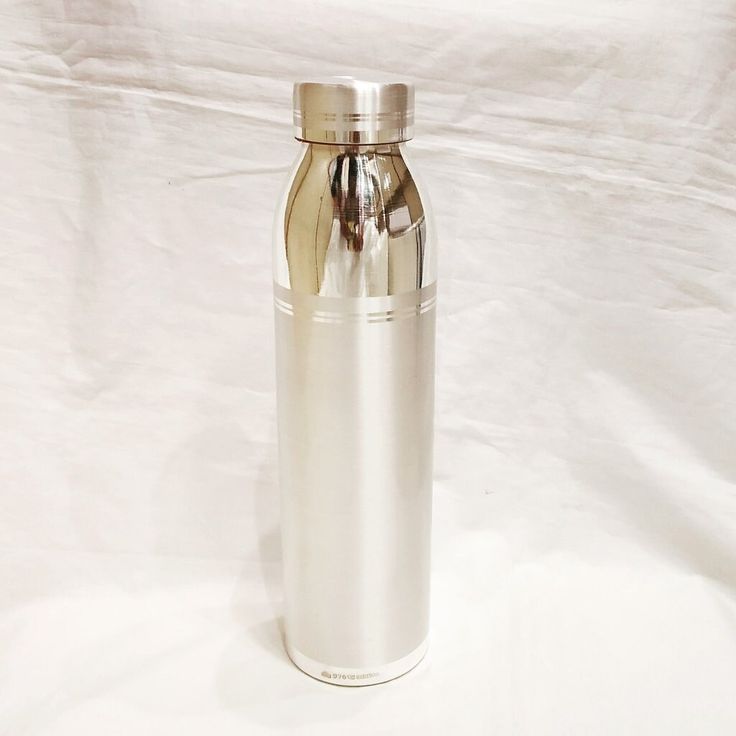
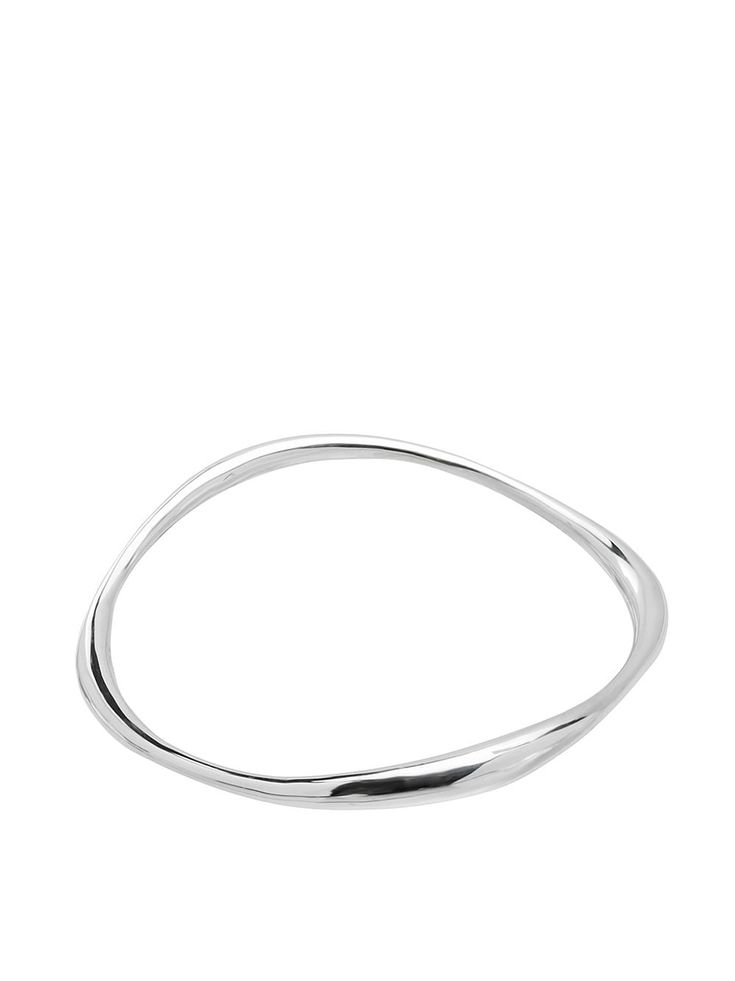
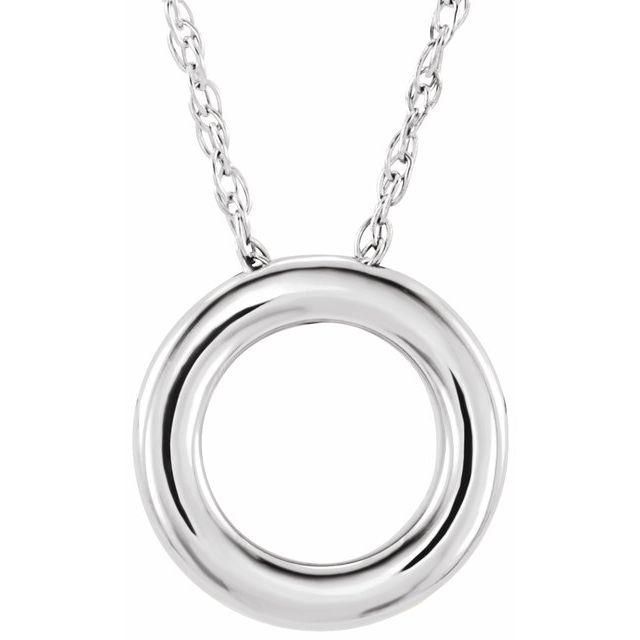

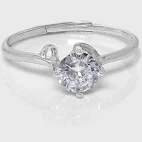
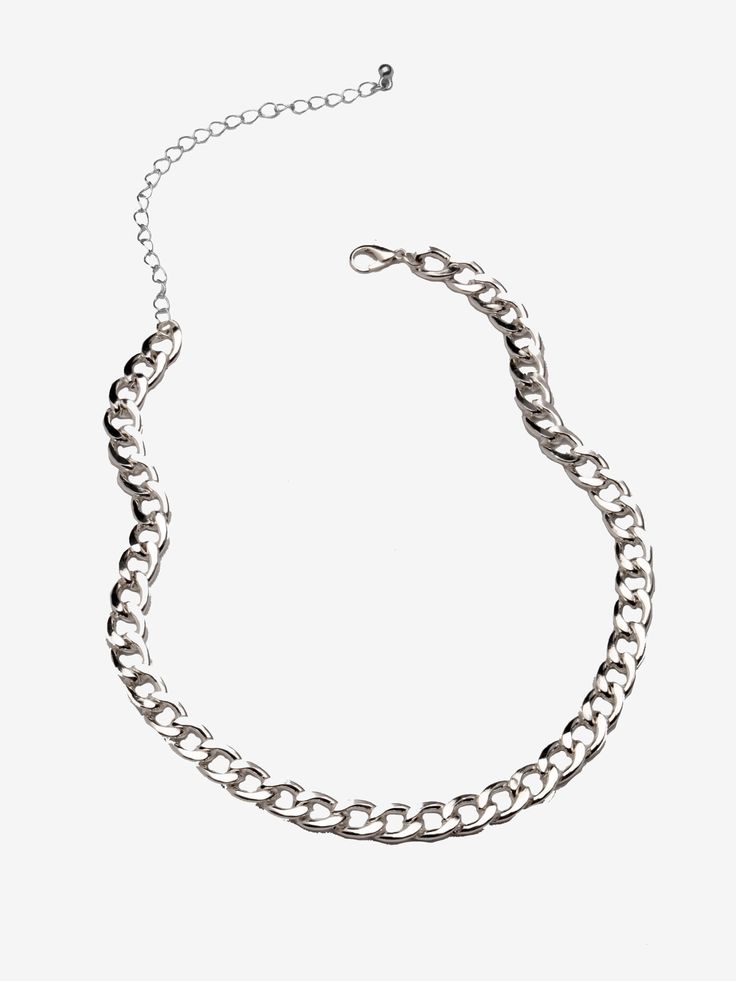
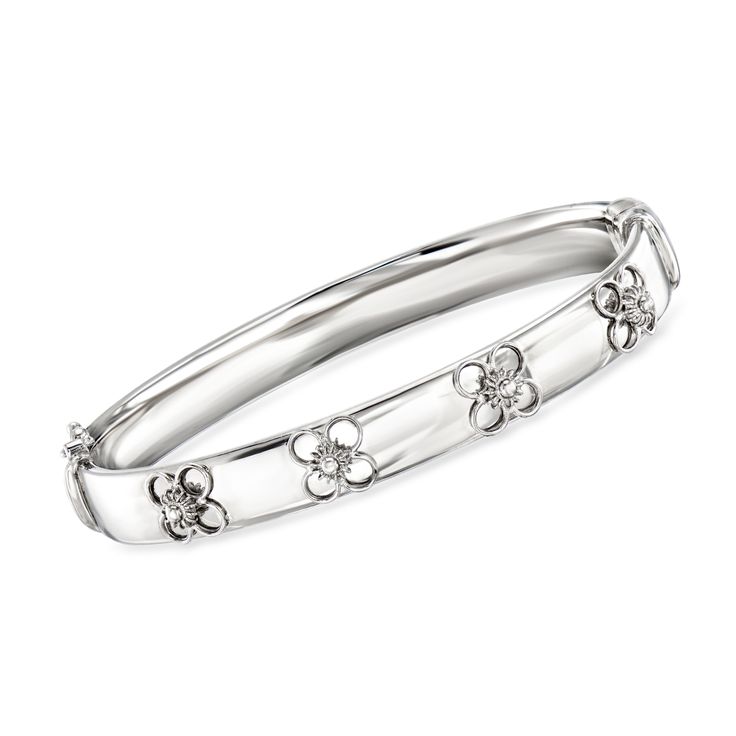
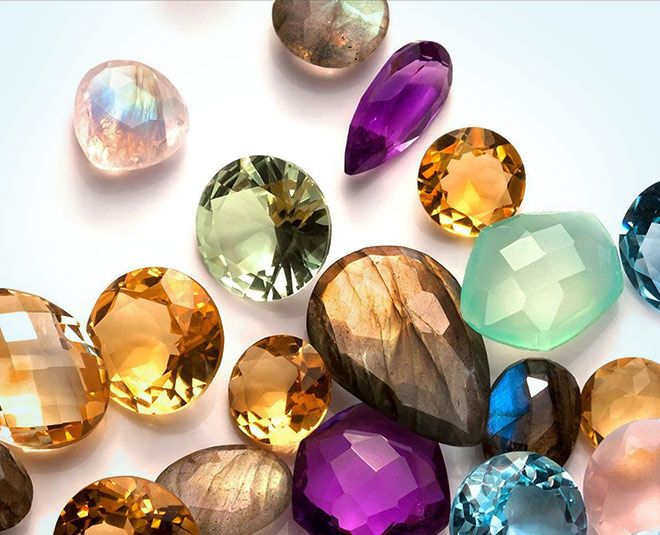
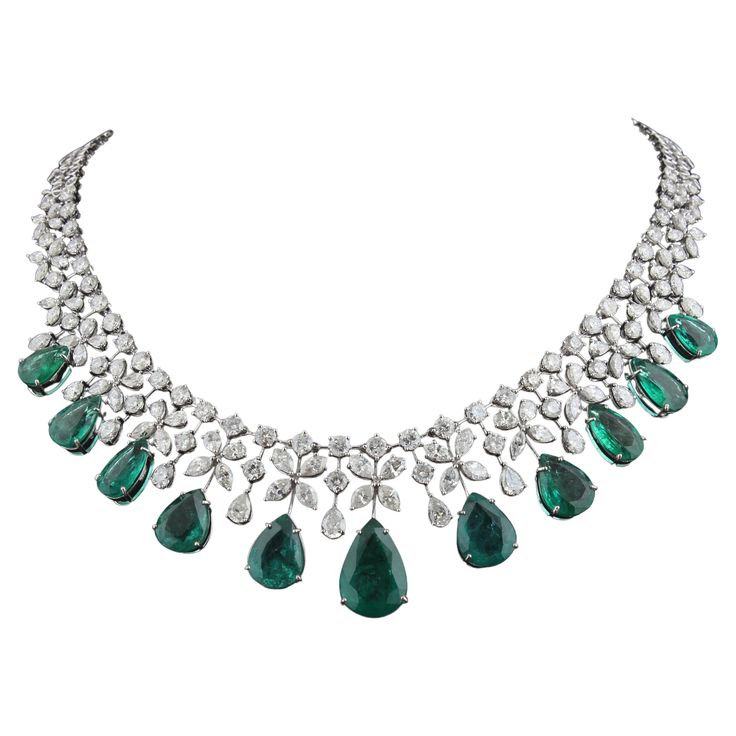




 9111222818
9111222818



